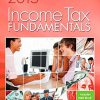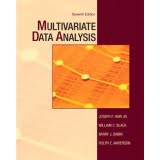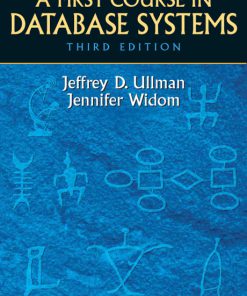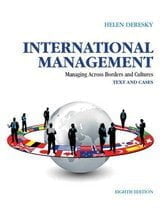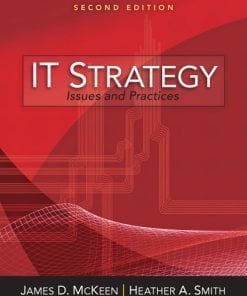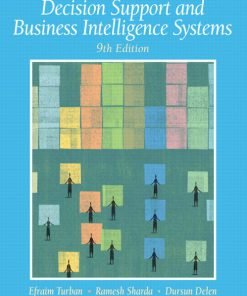Solution Manual for Statistics The Art and Science of Learning from Data 2nd Edition by Agresti
$35.00 Original price was: $35.00.$26.50Current price is: $26.50.
Solution Manual for Statistics The Art and Science of Learning from Data 2nd Edition by Agresti
Instant download Solution Manual for Statistics The Art and Science of Learning from Data 2nd Edition by Agresti pdf docx epub after payment.
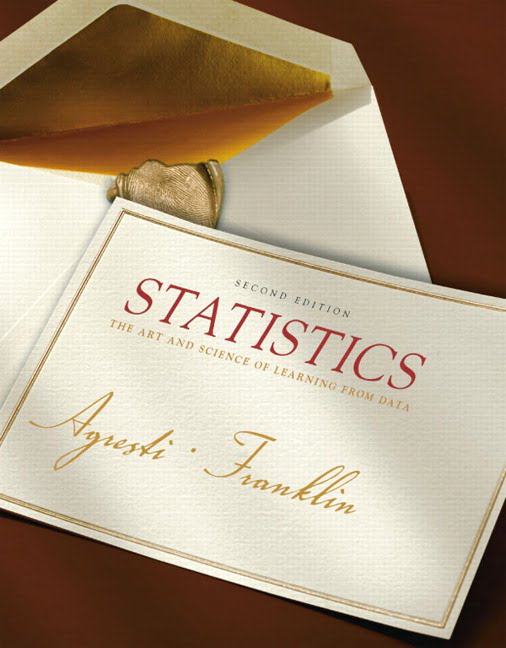
Product details:
- Author: Alan Agresti (Author), Christine A. Franklin (Author)
KEY MESSAGE: Alan Agresti and Chris Franklin have merged their research and classroom experience to develop this successful introductory statistics text. Statistics: The Art and Science of Learning from Data, Second Edition helps readers become statistically literate by encouraging them to ask and answer interesting statistical questions. It takes the ideas that have turned statistics into a central science in modern life and makes them accessible and engaging to readers without compromising necessary rigor. KEY TOPICS: GATHERING and EXPLORING DATA; Statistics: The Art and Science of Learning from Data; Exploring Data with Graphs and Numerical Summaries; Association: Contingency, Correlation, and Regression; Gathering Data; PROBABILITY AND PROBABILITY DISTRIBUTIONS; Probability in our Daily Lives; Probability Distributions; Sampling Distributions; INFERENCE STATISTICS; Statistical Infere
Table of contents:
: GATHERING AND EXPLORING DATA
- Statistics: The Art and Science of Learning From Data
- 1.1 Using Data to Answer Statistical Questions
- 1.2 Sample Versus Population
- 1.3 Organizing Data, Statistical Software, and the New Field of Data Science
- Chapter Summary
- Chapter Exercises
- Exploring Data With Graphs and Numerical Summaries
- 2.1 Different Types of Data
- 2.2 Graphical Summaries of Data
- 2.3 Measuring the Center of Quantitative Data
- 2.4 Measuring the Variability of Quantitative Data
- 2.5 Using Measures of Position to Describe Variability
- 2.6 Linear Transformations and Standardizing
- 2.7 Recognizing and Avoiding Misuses of Graphical Summaries
- Chapter Summary
- Chapter Exercises
- Exploring Relationships Between Two Variables
- 3.1 The Association Between Two Categorical Variables
- 3.2 The Relationship Between Two Quantitative Variables
- 3.3 Linear Regression: Predicting the Outcome of a Variable
- 3.4 Cautions in Analyzing Associations
- Chapter Summary
- Chapter Exercises
- Gathering Data
- 4.1 Experimental and Observational Studies
- 4.2 Good and Poor Ways to Sample
- 4.3 Good and Poor Ways to Experiment
- 4.4 Other Ways to Conduct Experimental and Nonexperimental Studies
- Chapter Summary
- Chapter Exercises
II: PROBABILITY, PROBABILITY DISTRIBUTIONS, AND SAMPLING DISTRIBUTIONS
- Probability in Our Daily Lives
- 5.1 How Probability Quantifies Randomness
- 5.2 Finding Probabilities
- 5.3 Conditional Probability
- 5.4 Applying the Probability Rules
- Chapter Summary
- Chapter Exercises
- Random Variables and Probability Distributions
- 6.1 Summarizing Possible Outcomes and Their Probabilities
- 6.2 Probabilities for Bell-Shaped Distributions
- 6.3 Probabilities When Each Observation Has Two Possible Outcomes
- Chapter Summary
- Chapter Exercises
- Sampling Distributions
- 7.1 How Sample Proportions Vary Around the Population Proportion
- 7.2 How Sample Means Vary Around the Population Mean
- 7.3 Using the Bootstrap to Find Sampling Distributions
- Chapter Summary
- Chapter Exercises
III: INFERENTIAL STATISTICS
- Statistical Inference: Confidence Intervals
- 8.1 Point and Interval Estimates of Population Parameters
- 8.2 Confidence Interval for a Population Proportion
- 8.3 Confidence Interval for a Population Mean
- 8.4 Bootstrap Confidence Intervals
- Chapter Summary
- Chapter Exercises
- Statistical Inference: Significance Tests About Hypotheses
- 9.1 Steps for Performing a Significance Test
- 9.2 Significance Tests About Proportions
- 9.3 Significance Tests About a Mean
- 9.4 Decisions and Types of Errors in Significance Tests
- 9.5 Limitations of Significance Tests
- 9.6 The Likelihood of a Type II Error
- Chapter Summary
- Chapter Exercises
- Comparing Two Groups
- 10.1 Categorical Response: Comparing Two Proportions
- 10.2 Quantitative Response: Comparing Two Means
- 10.3 Comparing Two Groups with Bootstrap or Permutation Resampling
- 10.4 Analyzing Dependent Samples
- 10.5 Adjusting for the Effects of Other Variables
- Chapter Summary
- Chapter Exercises
IV: ANALYZING ASSOCIATION AND EXTENDED STATISTICAL METHODS
- Analyzing the Association Between Categorical Variables
- 11.1 Independence and Dependence (Association)
- 11.2 Testing Categorical Variables for Independence
- 11.3 Determining the Strength of the Association
- 11.4 Using Residuals to Reveal the Pattern of Association
- 11.5 Fisher’s Exact and Permutation Tests
- Chapter Summary
- Chapter Exercises
- Analyzing the Association Between Quantitative Variables: Regression Analysis
- 12.1 Modeling How Two Variables Are Related
- 12.2 Inference About Model Parameters and the Association
- 12.3 Describing the Strength of Association
- 12.4 How the Data Vary Around the Regression Line
- 12.5 Exponential Regression: A Model for Nonlinearity
- Chapter Summary
- Chapter Exercises
- Multiple Regression
- 13.1 Using Several Variables to Predict a Response
- 13.2 Extending the Correlation and R2 for Multiple Regression
- 13.3 Using Multiple Regression to Make Inferences
- 13.4 Checking a Regression Model Using Residual Plots
- 13.5 Regression and Categorical Predictors
- 13.6 Modeling a Categorical Response
- Chapter Summary
- Chapter Exercises
- Comparing Groups: Analysis of Variance Methods
- 14.1 One-Way ANOVA: Comparing Several Means
- 14.2 Estimating Differences in Groups for a Single Factor
- 14.3 Two-Way ANOVA
- Chapter Summary
- Chapter Exercises
- Nonparametric Statistics
- 15.1 Compare Two Groups by Ranking
- 15.2 Nonparametric Methods for Several Groups and for Matched Pairs
- Chapter Summary
- Chapter Exercises
Appendix
Answers
Index
Index of Applications
Credits
People also search:
Statistics The Art and Science of Learning from Data 2nd Edition
Statistics The Art and Science of Learning from Data 2nd Edition pdf
Statistics The Art and Science of Learning from Data
the art of statistics how to learn from data
relationship between statistics and data science
Related products
Solution Manual
Solution Manual
Solution Manual
Solution manual for Accounting: Tools for Business Decision Making Kimmel Weygandt Kieso 5th Edition
Solution Manual
Management Information Systems Managing the Digital Firm Laudon 14th Edition Solutions Manual
Solution Manual
Solution Manual
Solution Manual for Data Structures and Other Objects Using C++, 4/E Michael Main, Walter Savitch


